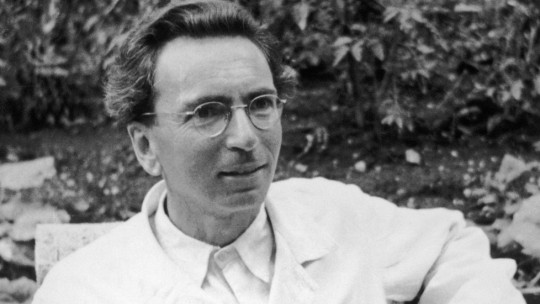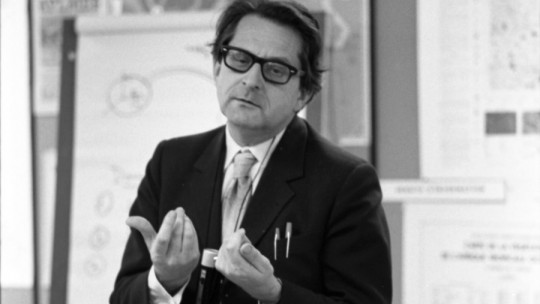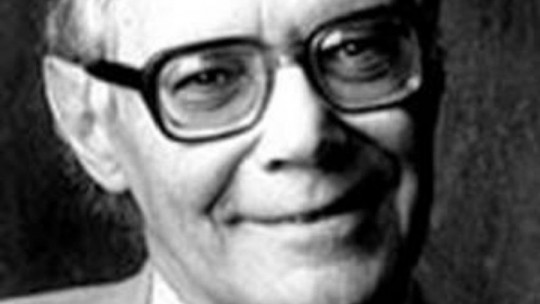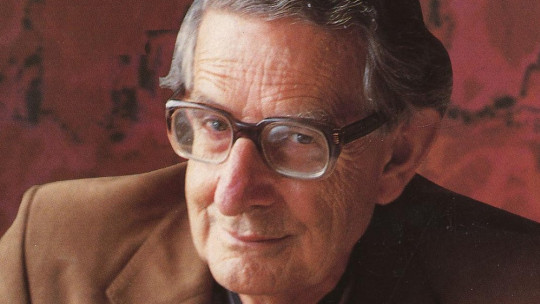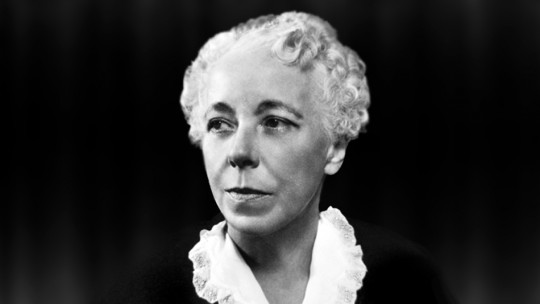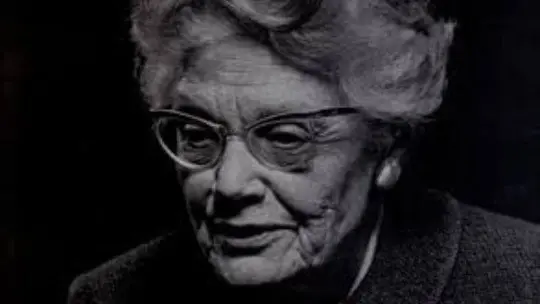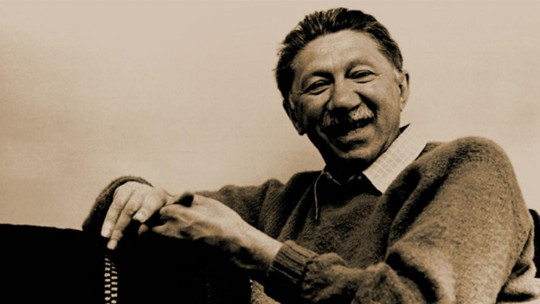
The American psychologist Abraham Harold Maslow, usually called Abraham Maslow, is one of the most important figures in the History of Psychology.
This is due, among other things, to the fact that it promoted a new way of understanding this science, favoring a focus not only on mental disorders and diseases, but also on human potential. This paradigm became known as “humanistic psychology.”
To better understand his life, in this article we will see a summary of this psychologist’s career through a biography of Abraham Maslow in summary. But let’s start with the fundamentals… who was it?
Who was this humanistic psychologist?
Abraham Maslow is well known in the world of psychology, being a notable figure who promoted and created, together with other authors such as Carl Rogers, what is known as humanistic psychology. This author worked on various topics throughout his career, developing a holistic model that was based on growth and development based on the satisfaction of needs.
His best-known and popular contribution is the pyramid of human needs, in which the author ranks the latter according to the degree of strength they have and observing that as we supply the most basic and essential needs for survival, others emerge each time. more complex.
Apart from this pyramid, he made various contributions based on his model, investigating, among other elements, each of the needs and the importance not only of satisfying them but of the way to do so, personal self-realization, the differentiation between reality and fiction, homeostasis and the maintenance of health and well-being, higher processes of consciousness and human relationships. Knowing the life of this author can help understand his thoughts, which is why in this article we are going to outline a biography of Abraham Maslow
Brief biography of Abraham Maslow
Abraham Maslow was born on April 1, 1908 in the New York borough of Brooklyn, in the nucleus of a Jewish family of Russian origin who emigrated to the United States. Maslow was the first of seven children, being the firstborn of Samuel and Rose Maslow. His childhood was not especially happy, with both parents being excessively demanding of him and often harassing him.
His father saw him as stupid and disgusting, which would greatly reduce the child’s self-esteem. Regarding his mother, Maslow himself indicated that did not provide him with love or affection during his childhood and was characterized by excessive harshness, demand, rigidity and even cruelty towards him, to the point that he would come to hate her and even many years later refuse to go to her funeral.
In addition to his family life, young Maslow’s childhood was marked by loneliness and social discrimination due to his origins, being a lonely child whose only refuge would be books. Already from childhood Maslow He showed great intelligence and curiosity to learn reading being one of his favorite pastimes and showing high academic performance from the beginning.
Formation and marriage
At the age of seventeen he decided to become interested in the legal field in order to satisfy his parents, enrolling in 1926 at the City College of New York and the Brooklyn Law School to study law and law. However, a short time later he would realize that the legal field was not to his liking and he would end up abandoning said studies.
He transferred to Cornell University in order to study psychology, but attendance at a brief introductory psychology course by Edward Titchener discouraged him from doing so, and after the first semester he returned to the City College of New York. After that he would transfer to the University of Wisconsin, where he would finally study psychology.
Even as a student He married Bertha Goodman against family opinion, one of his cousins, in 1928. He moved with her to Wisconsin the same year, so that she could study in that city. This marriage brought him the love and affection that he had not had in previous times, the author going so far as to say that his life would begin from then on. With her he would have two daughters.
Two years later, in 1930, he graduated from the University of Wisconsin. A year later he would receive his master’s degree. Likewise, after that he would complete his doctorate at that same university, being his mentor Harry Harlow Together with him, Maslow carried out what would be his first relevant study, analyzing sexual behavior and dominance and power in primates. He would receive his doctorate in 1934.
Work life and contributions
After finishing his studies he would begin to work as a teacher at the same university for a short period of time.
However, in 1935 he would move to Columbia University, where he would work as a researcher with Thorndike, as well as with Alfred Adler. This would make her visualize two of the main theoretical currents, behaviorism and psychoanalysis, appreciating the virtues and defects of each one.
At that university I would do one at that time controversial research on female sexuality (using for them concepts derived from psychoanalysis), discovering aspects about the relationship between dominance and sexuality and the attraction for certain characteristics depending on the degree of dominance and publishing various articles on the matter.
In 1937 he returned to Brooklyn University, remaining there until 1951 and serving as a full professor. He would have contact with Wertheimer (one of the main founders of Gestalt) and the anthropologist Ruth Benedict, establishing a certain friendship and being great influences on his thinking.
The times of World War II
When the United States entered World War II in 1941, he was too old to enlist and was not considered fit for military service. However, this conflict led him to investigate the causes of hatred and prejudice, as well as other emotions and relationships. In 1943 he would begin to propose the existence of a hierarchy of needs in his publication “A Theory of Human Motivation.”
In 1947 Maslow suffered a heart attack and had to take a leave of absence, moving to California with his family. After his recovery, in 1949 he would return to the University.
In 1951 he would be hired in the psychology department at Brandeis University, assuming its leadership and acting as a professor. At this university he would meet Goldstein’s theory and concept of self-actualization It would be at this stage that he would finish promoting and outlining what is also called the third force of psychology, Humanistic Psychology, and would create the famous Maslow pyramid. In 1954 he published “Motivation and Personality”, where he expanded his theory and model.
Due to his multiple contributions to psychology, in 1966 Maslow would be elected president of the American Psychological Association
His death
As the years passed, Maslow’s health would begin to decline, beginning to suffer from heart problems. In 1967 he suffered a heart attack, which he managed to survive, but which along with other health problems made him have to resign from his teaching position. After that he dedicated himself to trying to establish ethics in the practice of humanistic psychology.
In 1970, specifically on June 8, Abraham Maslow suffered another heart attack dying at 62 years of age.
The legacy of this author is extensive, being one of the main creators of the humanistic current in psychology and serving as a precursor to psychologies such as positive psychology. His theories are widely known and used in various areas, both clinically and business-wise.
His legacy in Psychology
Abraham Maslow’s works are well known even at a popular level, especially in relation to the hierarchy of human needs. However, although his way of thinking and understanding Psychology inspired many others to broaden the focus of interest in their research and the needs to be covered, they are considered not very valid from current scientific standards.
The main problem is the way in which Maslow treated people’s subjectivity, assuming that its contents referred to something real, assuming that each person knows themselves better than the rest in all possible contexts; This principle has been refuted on numerous occasions.

